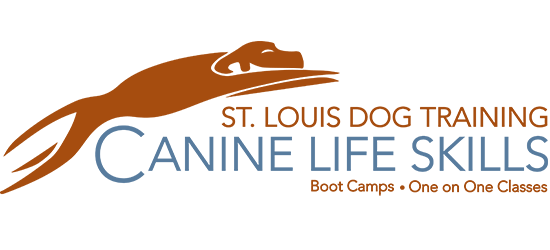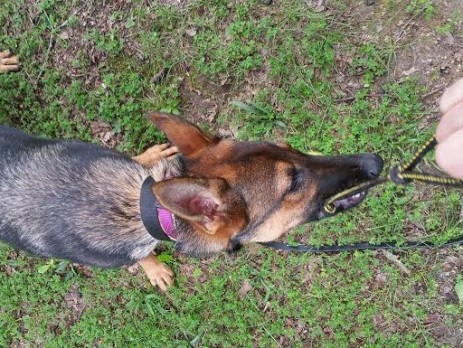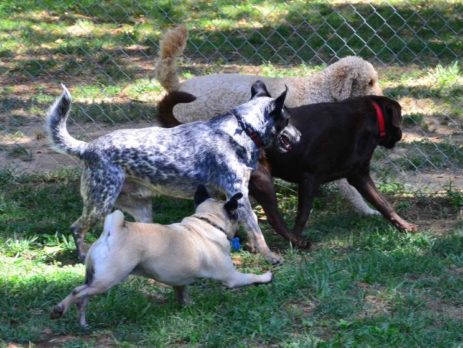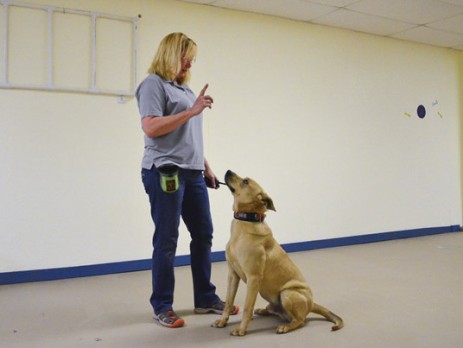Training a German Shepherd Dog
We train a German Shepherd the same way we train any dog. Using the basic commands: heel, sit, down, come, wait, place, off and out to give us the foundation to expand on in different situations and around more difficult distractions.
Exercise is important for this breed and the more structured the better. (more…)






